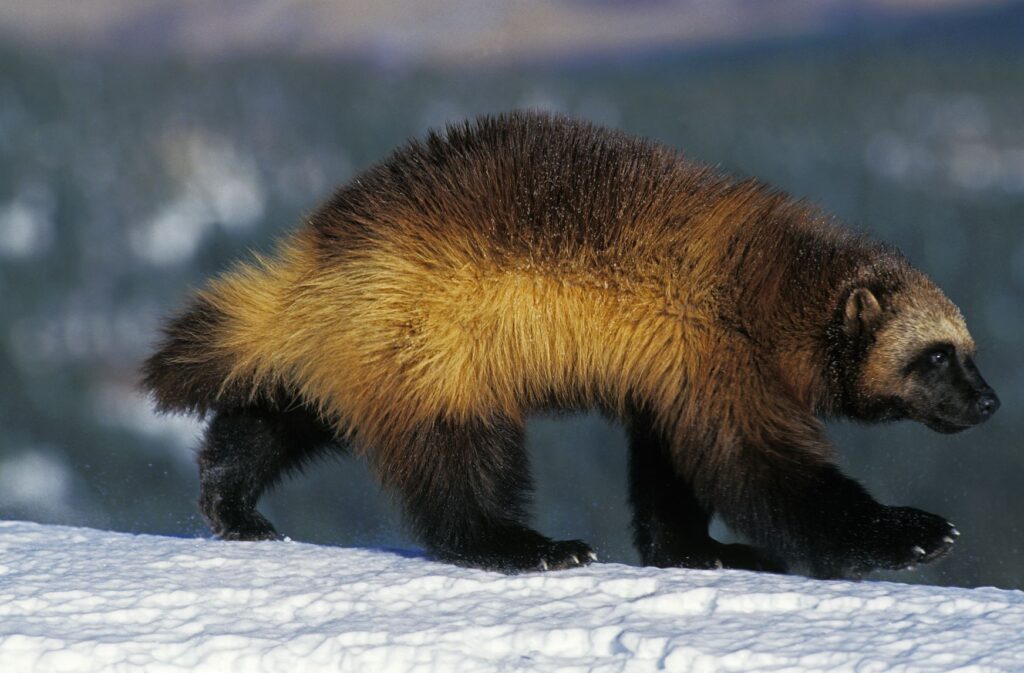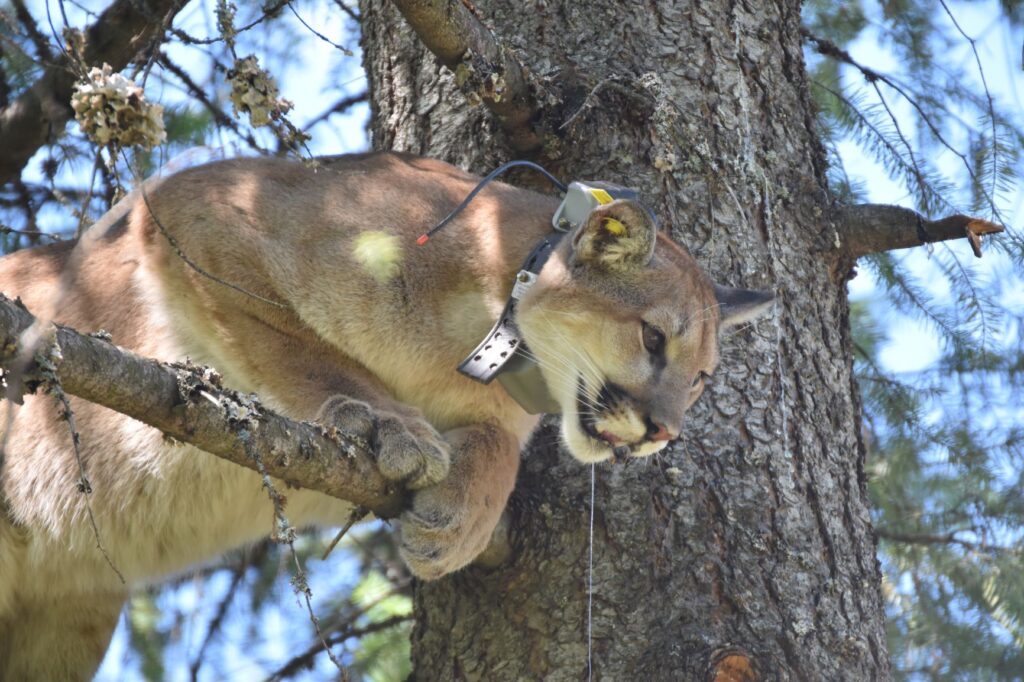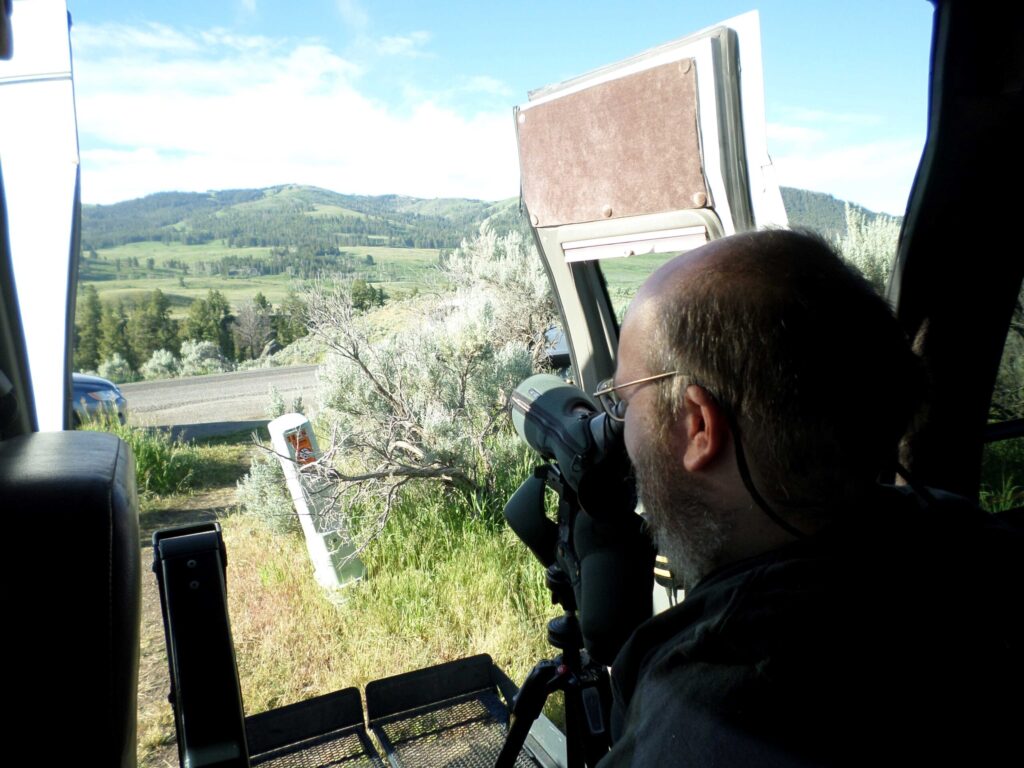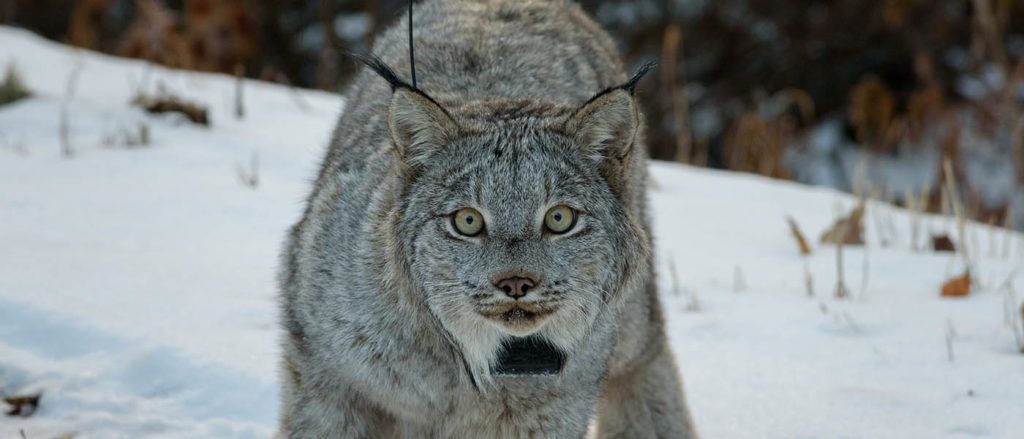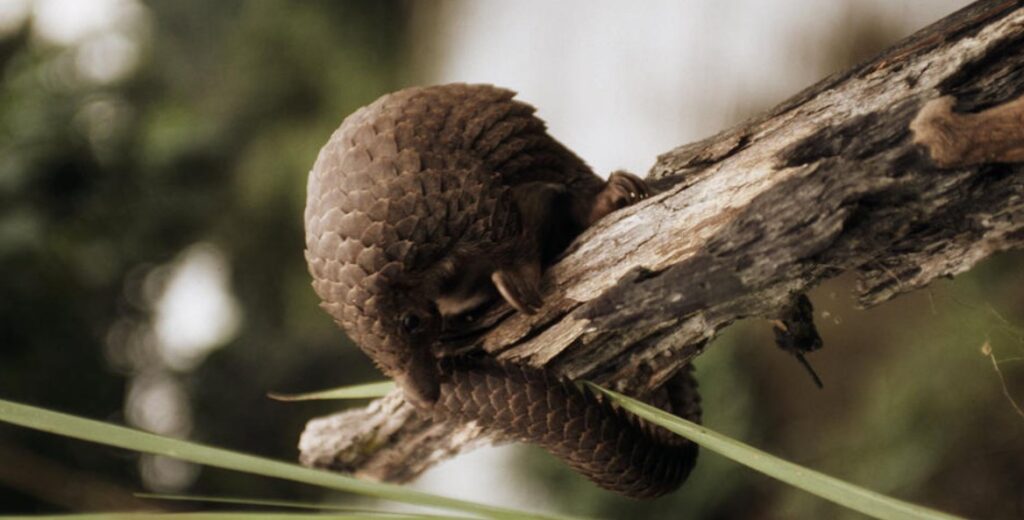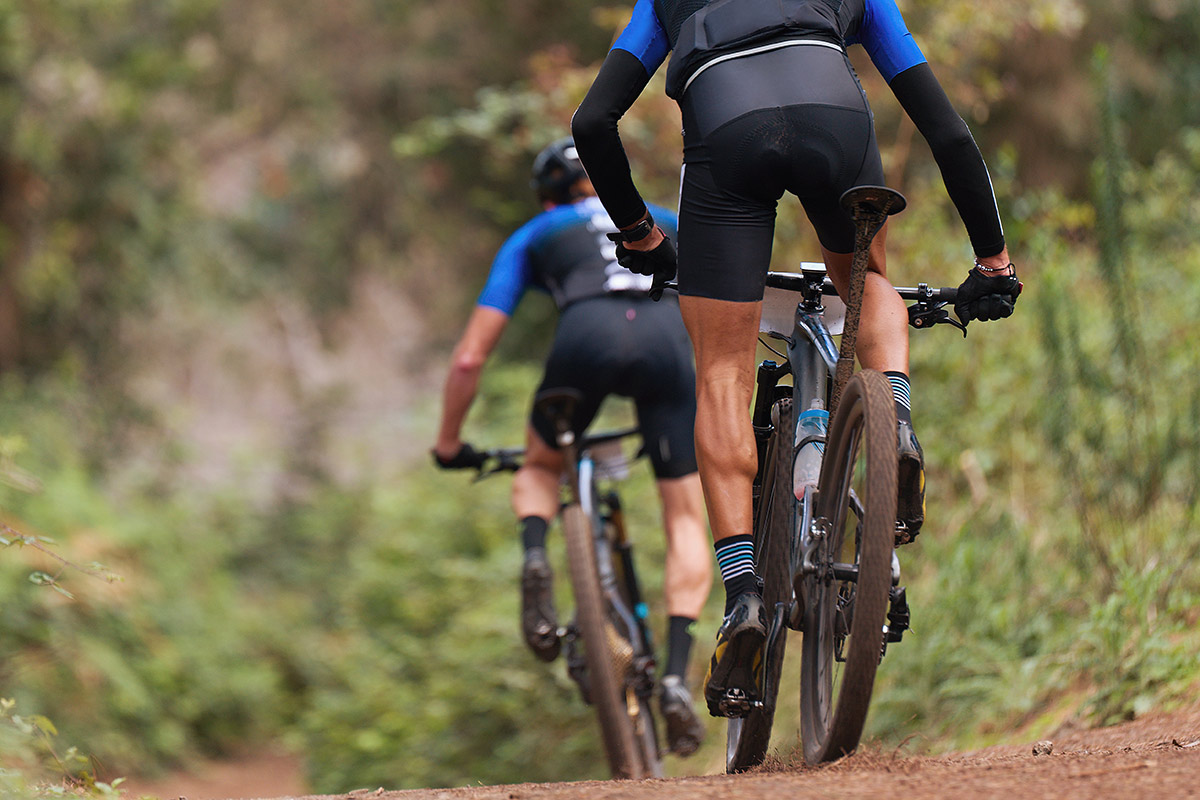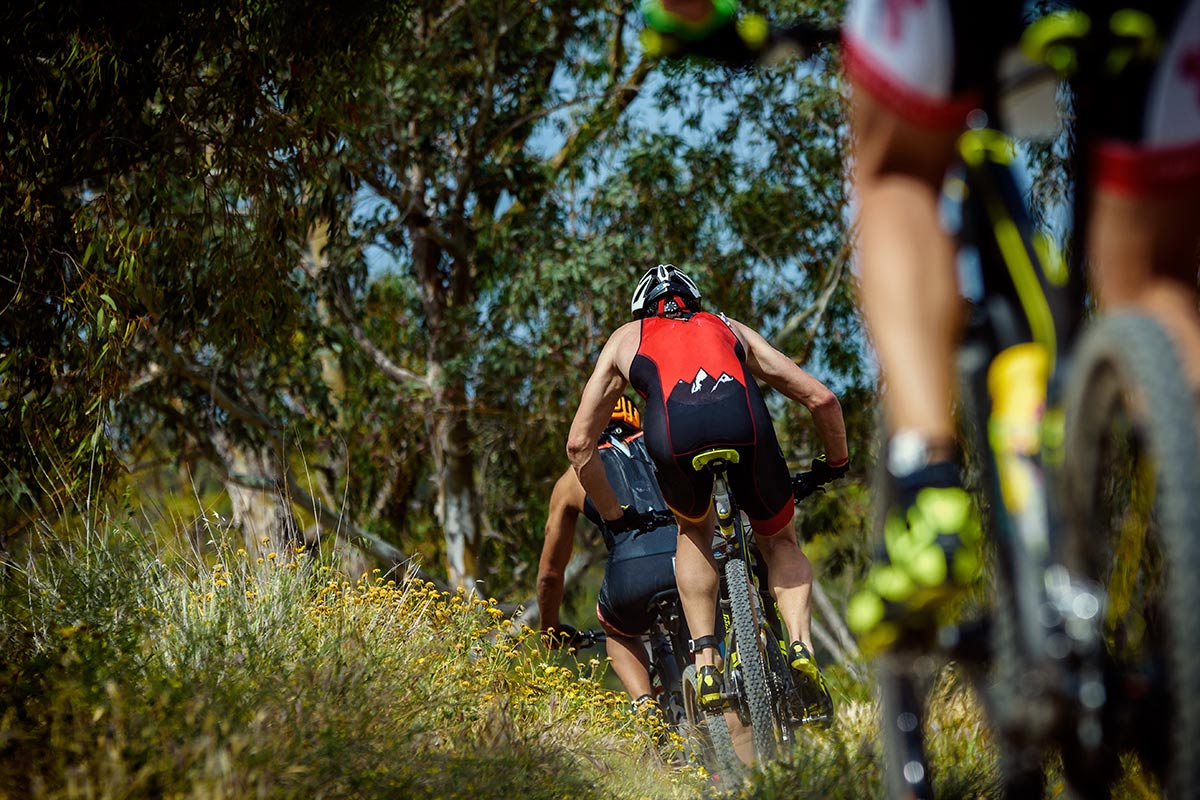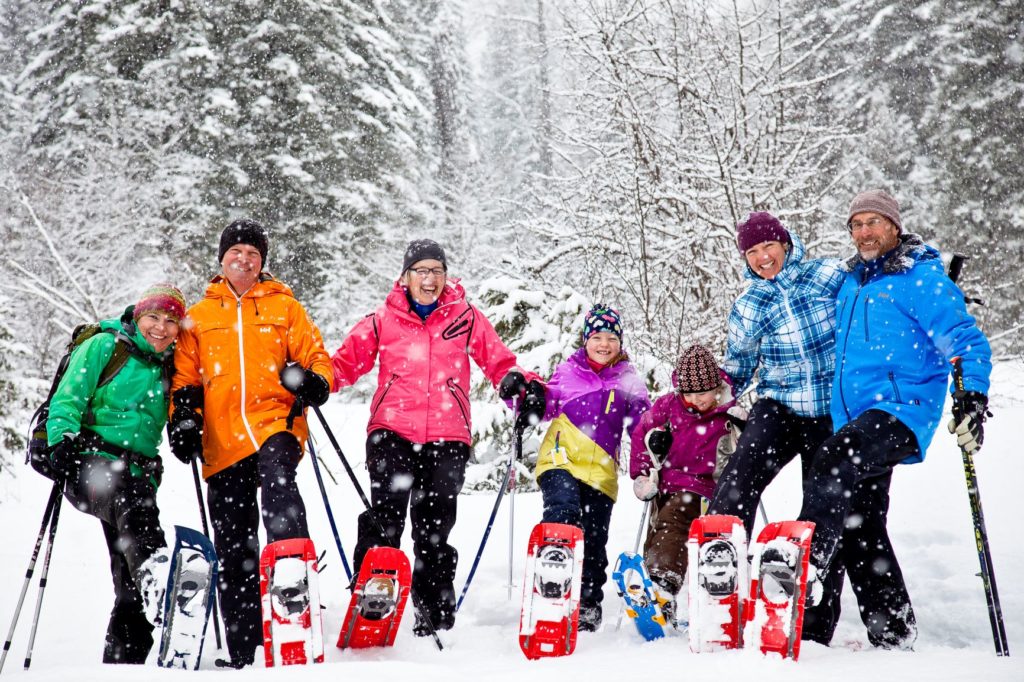Saving Wolverines
In October the U.S. Fish and Wildlife Service denied protection for this species under the Endangered Species Act. Many conservation organizations including Earthjustice and Conservation Northwest have been working for over 20 years to get this species listed. With the continued reduction in snowpack, these organizations are concerned that without additional protections the U.S. Forest […]

